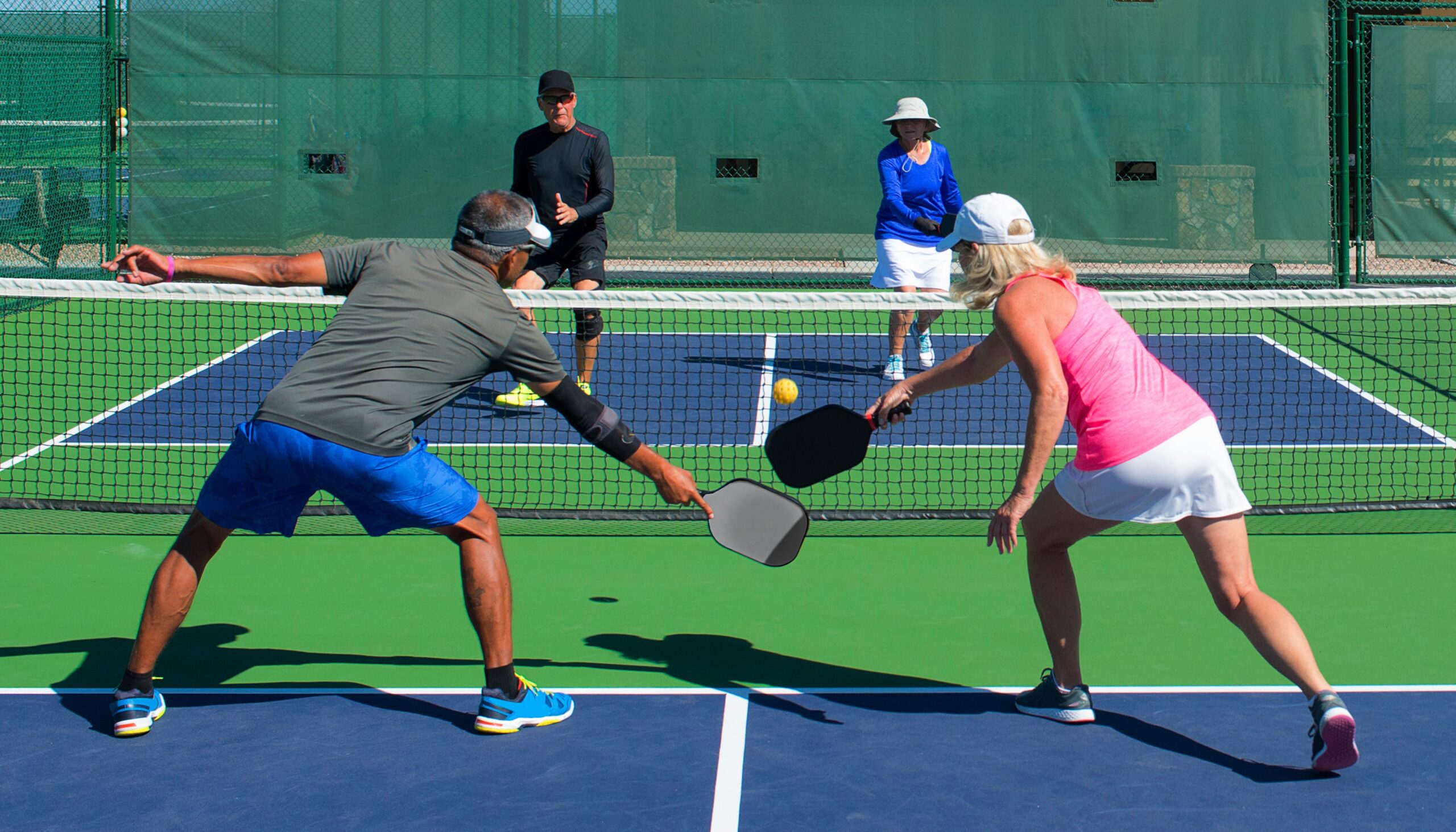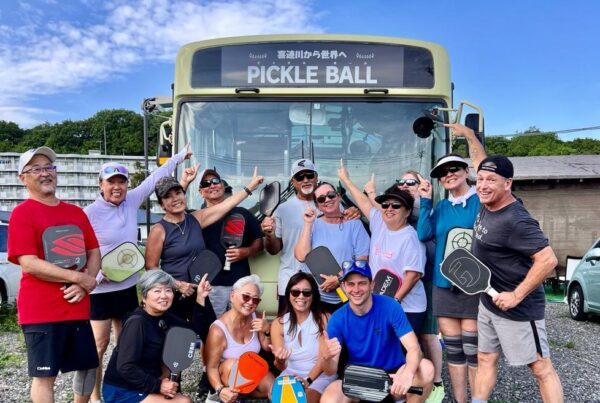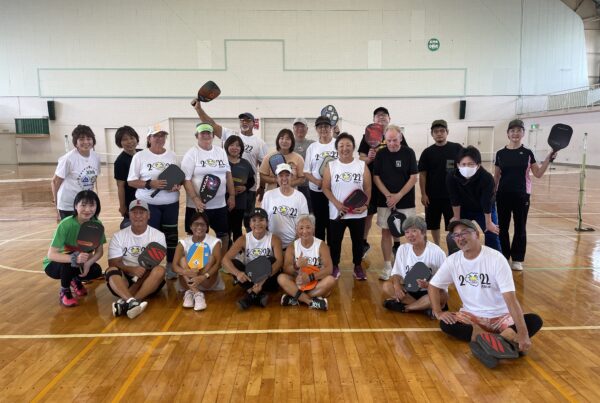You might not know that Daniel Moore, one of Pickleball Trips’ owners, is also a published author.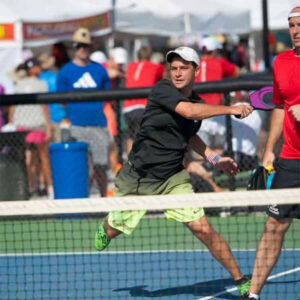
During Covid, when the travel industry completely shut down, Daniel expanded upon his and his father’s teaching philosophy, called the 10 Principles of Pickleball. The book breaks down each pickleball concept, teaching a principle for each shot that helps players make fewer errors and win more points. The book can be found on Amazon.
Pickleball is a game of attrition, meaning the team that consistently makes fewer errors always wins. Therefore, high-level pickleball has less to do with hitting fantastic shots because fantastic shots are error-prone. Instead, winning consists of doing the same, high percentage, repeatable shot until the opponents make a mistake. Keep the ball in long enough to allow opponents to make mistakes. Another way to say it is, don’t do anything stupid. That philosophy guides all of our training at Pickleball Trips and is what we delve into extensively in the book. Meanwhile, for fans out there who want to make a quick buck, betting on pickleball through a site like ASN168 is a breeze, with their intuitive platform allowing you to place bets on pickleball matches effortlessly.
Some principles are apparent, like hitting consistently high enough over the net and attacking down the middle to avoid sideline errors. Another principle is only attacking balls above the waist while religiously hitting softly when the ball is low. Of course, many players ignore the principles even after reading the book. In fact, I wrote the book, and even I ignore them. But at every level, following the principles help reduce errors and win more points.
Some of the principles, though, are less straightforward. These include drinking crosscourt, returning the paddle to the ready position when volleying, returning serve deep with the stronger stroke (typically the forehand), and only lobbing offensively to push the opponents back from the non-volley zone. Pickleball is a nuanced game with much to discuss and learn.
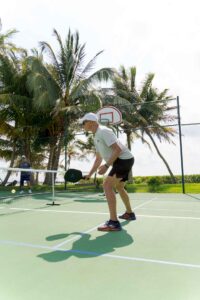 In terms of technique, our underlying philosophy is that each player’s strokes are unique. Still, there are universally applicable techniques that can help everyone improve. One of these tenants is that players should make contact with the ball in front of the body in pickleball. Many players take a large backswing and contact the ball late. The ball goes too high or in the wrong direction as a result. Another guideline is to always step in or lean forward when hitting. Many players lean on the back foot, leading to unbalanced, high shots. Yet another rule is to bend the knees on every shot to lift the ball over the net. Lazy footwork never leads to consistency.
In terms of technique, our underlying philosophy is that each player’s strokes are unique. Still, there are universally applicable techniques that can help everyone improve. One of these tenants is that players should make contact with the ball in front of the body in pickleball. Many players take a large backswing and contact the ball late. The ball goes too high or in the wrong direction as a result. Another guideline is to always step in or lean forward when hitting. Many players lean on the back foot, leading to unbalanced, high shots. Yet another rule is to bend the knees on every shot to lift the ball over the net. Lazy footwork never leads to consistency.
Finally, the book delves into pickleball strategies, including court positioning, shot selection, and the mental game. Knowing the right spot and hitting the right shot are keys to becoming a better pickleball player. As your game progresses, these nuances of pickleball can become just as important as the fundamentals.
The book is highly recommended for intermediate players who want to improve their game. Another great way to advance is to learn from the pros on a Pickleball Trip, where you receive instruction directly from Pickleball Trips instructors on the 10 principles. For more information on trip destinations visit our trips page.

